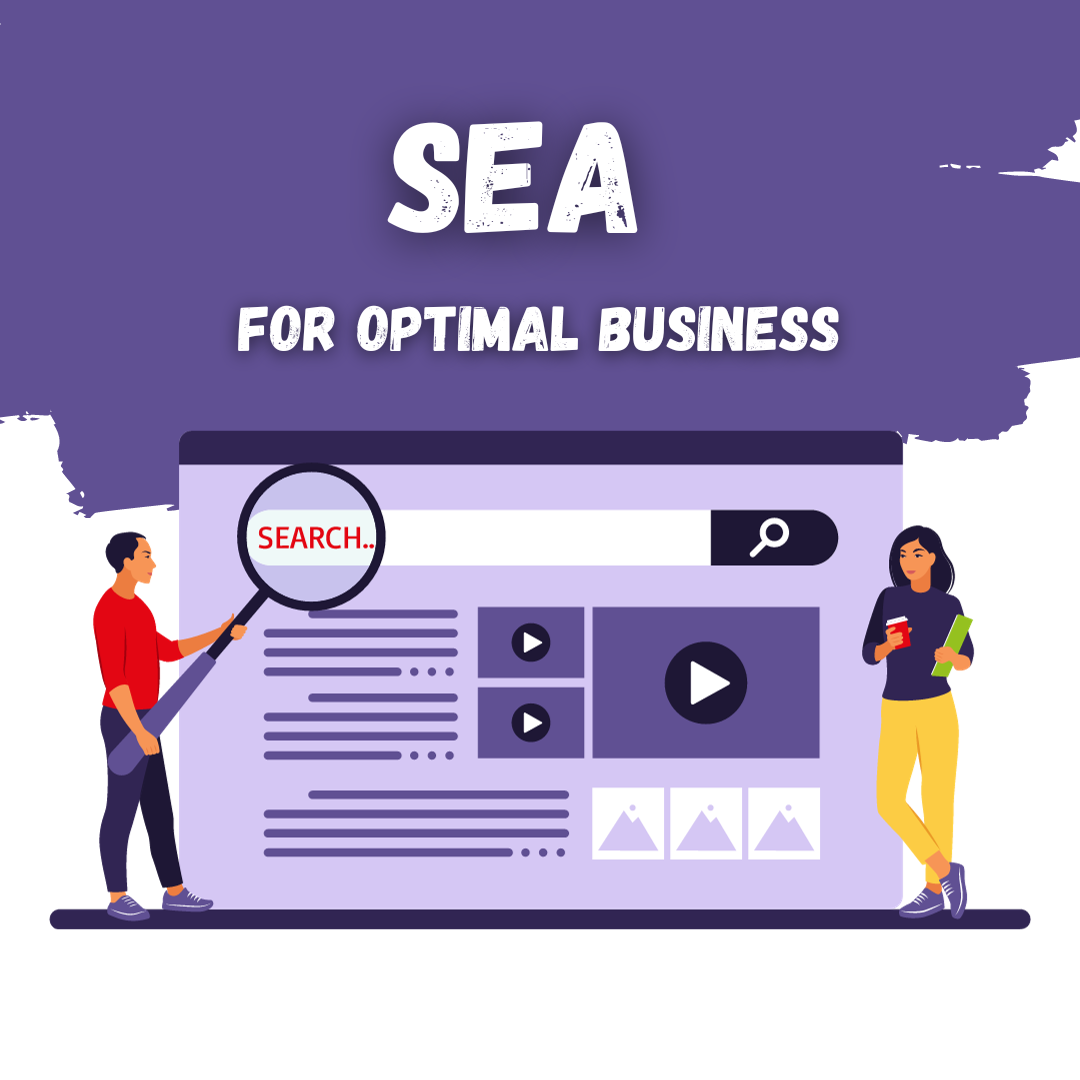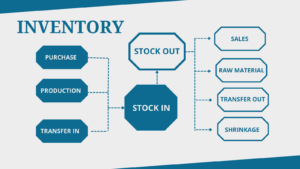In the digital marketing landscape, Search Engine Advertising (SEA) is a powerful tool to enhance visibility, drive traffic, and ultimately boost business performance. Understanding the strategic dimensions of SEA can significantly impact the effectiveness of your campaigns. Here’s how you can leverage SEA alongside the benefits of enterprise applications.
1. Understanding SEA and Its Impact
SEA, or Search Engine Advertising, involves paying for ads to appear at the top of search engine results. It’s a form of pay-per-click (PPC) advertising where businesses bid on keywords relevant to their products or services. The most significant benefit of SEA is its ability to provide immediate visibility and traffic, a crucial aspect for any business aiming for quick market penetration or promoting time-sensitive offers.
2. The Most Important Benefit of an Enterprise Application
Enterprise applications are comprehensive software platforms designed to operate in a corporate environment. The most important benefit of an enterprise application is its ability to integrate various business processes, improving efficiency and data accuracy. This integration allows for better decision-making, streamlined operations, and a significant reduction in errors and redundancies.
3. Enterprise Applications Development
Enterprise applications development involves creating software designed to meet the complex needs of an organization. This process includes understanding the business requirements, designing a scalable architecture, ensuring security measures, and integrating with existing systems. The development of enterprise applications is crucial for businesses looking to automate and optimize their processes for better performance and competitiveness.
4. Enterprise Application Security
Security is a paramount concern in enterprise applications due to the sensitive nature of business data they handle. Enterprise application security involves protecting these applications from threats and vulnerabilities that could lead to data breaches or loss. This includes implementing robust authentication mechanisms, data encryption, regular security audits, and compliance with industry standards.
5. Leveraging SEA for Enterprise-Level Visibility
For businesses at the enterprise level, SEA can be a game-changer. It provides an opportunity to gain immediate visibility among target audiences, especially in competitive markets. By carefully selecting keywords and crafting compelling ad copies, enterprises can effectively use SEA to drive traffic, generate leads, and increase conversions.
6. Keyword Strategy and Bid Management
A successful SEA campaign starts with a solid keyword strategy. Identifying the right keywords that your target audience is searching for and effectively managing bids for those keywords is crucial. This involves continuous monitoring and adjustment to ensure that you are getting the best return on investment.
7. Ad Copy and Creative Excellence
The effectiveness of your SEA campaign heavily relies on the ad copy and creative elements. Ads need to be compelling and resonate with the target audience to drive clicks. This means experimenting with different headlines, descriptions, and visual elements to determine what works best.
8. Landing Page Optimization
Once a user clicks on your ad, the landing page they arrive at needs to be optimized to convert. This means it should be relevant to the ad, have a clear call-to-action, and load quickly. The landing page experience significantly affects the success of your SEA campaign and overall business performance.
9. Analytics and Performance Tracking
To ensure optimal performance, it’s essential to track and analyze the results of your SEA campaigns. This involves looking at metrics such as click-through rates, conversion rates, cost per click, and return on ad spend. By understanding these metrics, you can make informed decisions and continuously optimize your campaigns for better results.
10. Integrating SEA with Overall Marketing Strategy
While SEA can be powerful on its own, it delivers the best results when integrated with an overall marketing strategy. This includes aligning it with SEO efforts, content marketing, social media, and other digital marketing initiatives. A holistic approach ensures that all channels work together towards the common goal of improving business performance.
Conclusion
SEA is a dynamic and powerful tool that, when used strategically, can significantly enhance your business’s online presence and performance. By understanding and leveraging the ten strategic dimensions of SEA, including the integration and security of enterprise applications, businesses can ensure they are getting the most out of their digital marketing efforts. Remember, the key to success with SEA is continuous optimization and integration with your broader marketing and business strategies.













